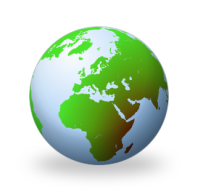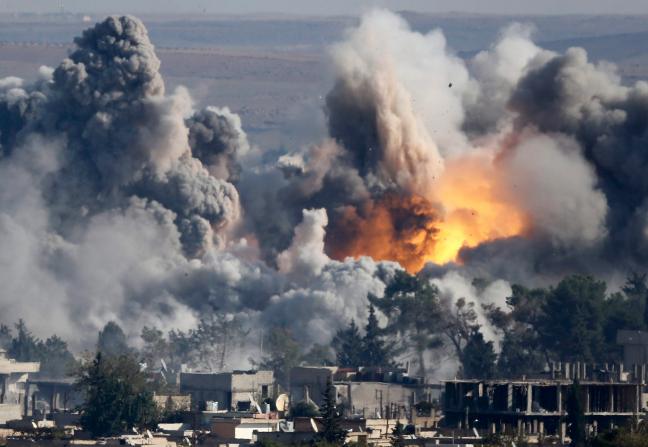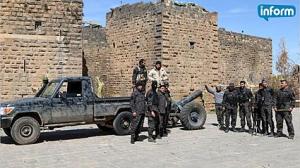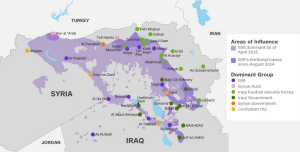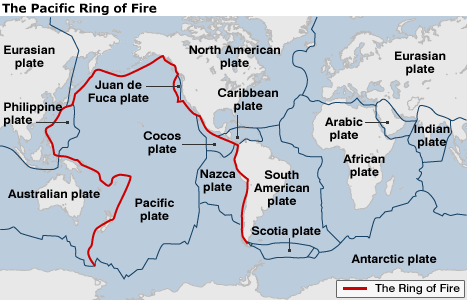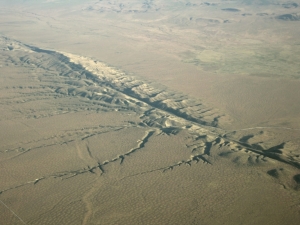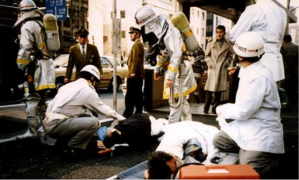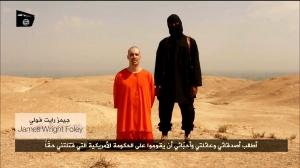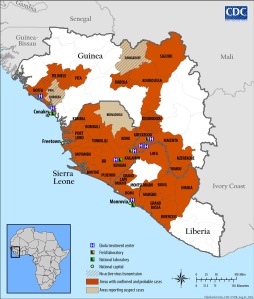The Creation of the Spanish Empire:
An analysis behind the foundation of the Spanish New World…..
During the time period of 1450 to 1600, the Spanish Empire emerged outside of Europe because of the discovery of the New World initiated by Christopher Columbus and with the creation of the Spanish kingdom, there were abrupt changes in the Americas that followed and involved the dramatic change in local state hierarchy of rulers and the emergence of new encomiendas and also the sudden rise in Spanish-native interactions with the environment through silver mining operations, but with these changes came long-lasting continuity in the role of women in society and more specifically their social impact left behind by individuals like Ines Suarez.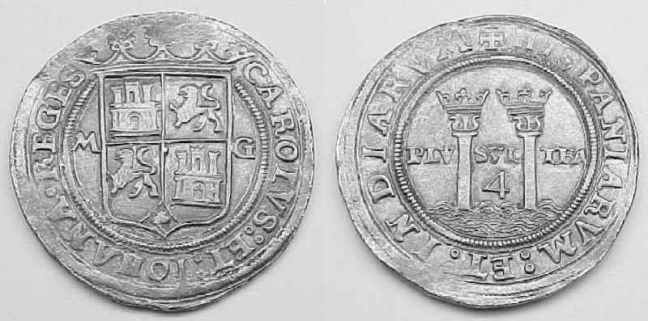
Firstly, due to the profits of the Columbian exchange, the Spanish Empire emerged as a foremost European power in 1450-1600 CE that changed the organization of local governments with encomiendas, however these remnants of previous state administration remained throughout the years of Spanish control because the Spanish government asserted its control in only few major regions. When Hernando Cortes first arrived, he enslaved the Aztec King Moctezuma II. This sudden power exchange to a foreigner ignited the beginning of Spain’s dominance in the region. For example, before Hernando Cortes, native rulers managed their domain by reflecting ancestral legitimacy and emphasizing their godly, spiritual lineage. When these very “gods” were converted to puppets by Cortes in 1518, a major change in state organization ensued. Cortes contributed in the initiation of parceling lands to seasoned settlers or hence encomiendas. This system enabled Spain to easily control the Americas while receiving support from rewarded provincial governors. The presence of governors and their local staff was a change unforeseen in the Americas. The Incas, Aztecs and even the allies of the Spaniards, the Tlaxcalans, never developed a provincial system. Throughout the early 1300s to the 1400s CE, the American empires created highly centralized empires with one sole emperor reigning above the people. Tenochtitlan represents one such example of how Aztecs did not distribute land to be governed by officials. Surprisingly, the Spaniards allowed for ancient government practices to occur in the Americas. One such example of continuity in the region could be dated to when the majority of Spanish settlers arrived to present-day Mexico around 1560 CE. As noted by historians, major Spanish urban centers and port arises from the ruins of the Aztec empire. This practice continued most probably due to the geographic strength and convenience in trade that these cities were located in. For example, the textbook mentions that the Spaniards continued the government organization of Tenochtitlan alive, but they changed the name into Mexico City. Another example of continuity in the organization of Spanish-American colonies could be traced back towards the 1580s when Spain started to import mother lodes of silver. The government’s role in collecting tribute did not evidently change from the ancient Aztec practices. The Aztecs were notorious for invading local lands to exploit its resources and tributes. Here again, the Spanish adopted Incan and Aztec practices of requiring labor from subjugated villages. Moreover each year, the village elders with permission from the Spaniards helped decide the number of men to work for the state administration.

The exploration and discovery of the Americas by the Spanish Empire in between 1450-1600 CE created a change accounting the rise in human mining operations and exploitation of the American landscape, however these changes allowed a long-lasting continuity of American flora and fauna taking on a European appearance. First of all, the rise in human interaction with the American environment began with the Columbian exchange. The Columbian exchange importantly created the vision for future settlers that America was rich with precious resources and was to be exploited. In between 1560-1685 CE, the Spanish entered the business of mining directly, opening the Andean Potosi mines in 1545. In this time period, Spanish colonies sent over approximately 35,000 tons of silver to its home country. This economic growth did not occur without the changes involving the labor of local natives. Before the Spaniards arrived in the Americas, the natives hardly utilized its strength to collect silver. As noted by the primary source of the Columbian exchange, the natives only had trace amounts of gold and silver in jewelry. After the Spaniards, the South American landscape changed entirely along with the devastation of the Inca population from such strenuous mining efforts. As cities like Cusco sprouted in South America, other changes involving human labor came into effect. After the middle 1500s, the Spaniards started to employ harsh labor codes. They made Incans and locals exposed to toxic gases released when mining. these underground operations also taxed human limits to their capacity because of the sildon dust and created lesions. Such codes and preset quota were unprecedented before the Spanish arrival. Despite the Spanish empire’s exploitation and unintended decimation of the natives through disease, there were certain continuities seen throughout the 1450s to 1600s CE. First of all, the introduction of cattle and sheep created a continuity of European animal presence in regions of South America. Without natural predators, these animals reproduced quickly and thus allowed the natives to learn about these creatures and why there were so useful for the Europeans. In addition, the constant clearing practices by the Europeans for ranch space allowed the continuity of sugar plantations and a continuing evolution in the vegetation of the Americas.

Eclipsed by Spanish explorations and determine to be irrelevant by many modern-day historians, the gender structures involving the role of women in Spanish-American society fundamentally remained the same over the years of emerging Spanish control in the 1450-1600 CE and beyond that time period because of specific individuals like Ines Suarez, but besides the positive continuity, there were a couple of changes encompassing the interactions between American women and Spanish men. First off, the arrival of the Spaniards into the Incan empire led by Pizarro in 1532 CE, did not change the outlook on women. Due to the absence of women, the Conquistadors consorted with local women. Pizarro himself wedded an Inca princess and as a result of these intermarriages, the mestizos population continued to grow. This increase of women favoritism led to the social rise in women during the early colonial days. For example, female individuals like Ines Suarez who joined an expedition to conquer Chile as Pedro de Valdivia’s servant continued to show the importance and impact of women in Spanish-American society. Not only was she a nurse, caretaker, advisor and guard to Valdivia, but she helped rule Chile later as the wife of Rodrigo de Quiroga. Ines who came into the picture in the 1540s represented the augmented treatment of women, something uncommon in other parts of the world. Towards the end of the 16th century, the role of women and their value decreased because of the immigration of European women and the establishment of settlements ruled by new, conservative governors. It became very typical for women to forage for food and tend wounds of soldiers. The role of women in government positions decreased as well over time, however these changes did not erase the legacies left behind by women of the early days of Spanish exploration and colonization.
As one may begin to notice, the world left behind the Spanish Empire certainly impacts us still to this very day. We notice that the role of women and the exploration of conquistadors paved way for future generations of European settlement and dominance. In many ways were these changes geographical catalysts as now two separate continents were connected.
Editor. Andrew Song. Published 1/22/16. Geography for Tomorrow.
